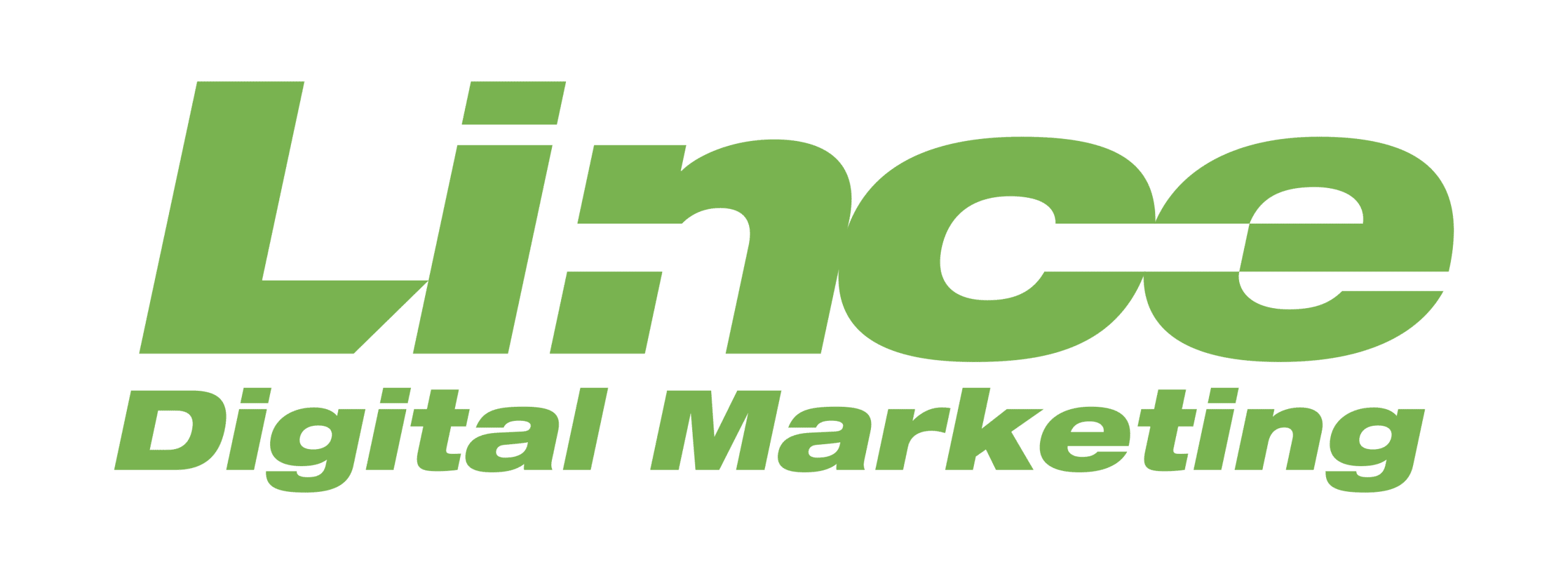Marketing ROI: How to Measure Your Marketing Campaign Success
Welcome to the marketing world, where every campaign promises success and growth for companies big and small. But how do you know if your marketing efforts are paying off? That’s where Marketing ROI comes in. ROI, or Return on Investment, is a powerful metric that allows you to measure the effectiveness of your marketing campaigns and make data-driven decisions to optimize future strategies.
This blog post will explore what Marketing ROI is all about and why it should be an essential part of your business toolkit. We’ll also dive into different types of Marketing ROI metrics and show you how to calculate them accurately. So get ready to unlock the secrets behind measuring your marketing campaign success and take your business to new heights!
What is Marketing ROI?
Marketing ROI, or Return on Investment, is a powerful metric that allows businesses to evaluate the effectiveness and profitability of their marketing efforts. It measures the return generated from every dollar invested in your marketing campaigns. By analyzing Marketing ROI, companies can gain valuable insights into which strategies are working and which ones need improvement.
At its core, Marketing ROI helps you answer one fundamental question: Are your marketing activities generating enough revenue to justify the investment? It goes beyond vanity metrics like website traffic or social media followers and focuses on the impact on your bottom line.
To calculate Marketing ROI accurately, you need two essential pieces of information: the cost of your campaign and the revenue generated. Subtracting the campaign cost from the income will give you your net profit. Divide this net profit by the campaign cost and multiply by 100 to get your Marketing ROI percentage.
The beauty of Marketing ROI is that it provides concrete numbers that help you make informed decisions about allocating resources for maximum impact. With this data-driven approach, you can identify underperforming campaigns that may drain resources without delivering significant results.
By regularly measuring Marketing ROI across different channels and campaigns, businesses can optimize their strategies over time for better results. It allows for continuous improvement by identifying successful tactics that should be replicated while eliminating ineffective ones.
In today’s competitive landscape, measuring and analyzing Marketing ROI is crucial for staying ahead of competitors. It enables companies to refine their messaging, target specific customer segments more effectively, allocate budgets strategically, and ultimately efficiently drive growth.
So, if you’re serious about maximizing returns from your marketing initiatives and making smarter business decisions based on tangible data points – dive deep into understanding how to measure Marketing ROI effectively!
How to Calculate Marketing ROI
Calculating your marketing return on investment (ROI) is crucial for understanding the effectiveness of your campaigns. By analyzing the data, you can determine whether your marketing efforts are positively impacting your company’s bottom line.
To calculate ROI, you need to divide the net profit generated by the campaign by the total cost of running that specific campaign. The formula is simple: (Net Profit – Campaign Cost) / Campaign Cost x 100.
First, you’ll need to accurately track and measure all costs associated with your marketing activities. This includes advertising expenses, creative development costs, and any other investments made specifically for the campaign.
Next, calculate the net profit earned from that campaign by subtracting any additional expenses or overhead costs directly related to it from the generated revenue.
Once you have these figures in place, plug them into the ROI formula mentioned earlier. Multiply this result by 100 to get a percentage value representing your ROI. A positive percentage means your campaign has generated profits exceeding its initial cost; a negative ratio indicates losses incurred.
Regularly monitoring and calculating marketing ROI allows companies to make informed decisions about allocating their resources effectively. It helps identify which campaigns yield high returns versus those that may require adjustments or discontinuation.
By tracking ROI over time across different campaigns, businesses can gain insights into what strategies work best for their target audience and industry. With this knowledge, companies can focus on optimizing marketing initiatives that drive measurable results and deliver better overall business outcomes.
The Benefits of Measuring Marketing ROI
Measuring your marketing return on investment (ROI) can provide numerous benefits for your business. By understanding the impact and effectiveness of your marketing campaigns, you can make informed decisions and optimize your strategies to achieve better results.
One major benefit of measuring marketing ROI is that it helps determine which campaigns generate the most revenue for your company. This allows you to focus on those specific tactics or channels driving tangible results and allocate resources accordingly.
Additionally, measuring ROI enables you to identify areas where you might be wasting money. It helps pinpoint ineffective campaigns or channels not providing a positive return on investment. You can save valuable resources and redirect them towards more profitable endeavors by eliminating or optimizing these underperforming elements.
Another advantage of measuring marketing ROI is that it provides insights into customer behavior and preferences. You can gain a deeper understanding of what resonates with your target audience by analyzing data such as conversion rates, click-through rates, or customer feedback. With this knowledge, you can tailor future campaigns to meet their needs and expectations better.
Moreover, tracking ROI allows for better accountability within the organization. By quantifying the impact of marketing efforts in monetary terms, it becomes easier to justify budgets and demonstrate the value generated by marketing activities to stakeholders.
Measuring marketing ROI fosters continuous improvement in campaign performance. With concrete data, marketers can experiment with different approaches and measure their impact on ROI. This iterative process enables them to refine strategies based on real-world outcomes over time rather than relying solely on assumptions or guesswork.
Measuring marketing ROI offers several key benefits, including identifying revenue-generating tactics, eliminating wasteful spending, gaining insights into customer behavior, fostering accountability, and enabling ongoing optimization.
The Different Types of Marketing ROI
When it comes to measuring the success of your marketing campaigns, there are different types of marketing Return on Investment (ROI) that you can consider. Each class provides valuable insights into the effectiveness and efficiency of your marketing efforts.
1. Customer Acquisition Cost (CAC): This type of ROI focuses on how much it costs to acquire a new customer. Calculating the CAC can determine if your marketing campaigns generate enough revenue to justify the investment.
2. Customer Lifetime Value (CLV): CLV measures the total value a customer brings to your business over their lifetime as a customer. It considers factors such as repeat purchases, referrals, and upselling opportunities. A higher CLV indicates that your marketing strategies successfully attract and retain valuable customers.
3. Social Media Engagement: With social media being an integral part of most marketing campaigns today, measuring engagement metrics like likes, shares, comments, and click-through rates can provide insights into how well your content resonates with your audience.
4. Conversion Rate: This metric measures the percentage of website visitors who take desired actions, such as purchasing or filling out a lead form. A high conversion rate indicates that your messaging and targeting effectively drive action from prospects.
5. Brand Awareness: While brand awareness may be challenging to measure directly in terms of ROI, tracking metrics like website traffic, search volume for branded keywords, and social media mentions can give you an idea of how well-known and recognized your brand is becoming.
By considering these different marketing ROI metrics in conjunction with each other, you can understand how successful your overall campaign efforts are – from acquiring new customers to maximizing their lifetime value while building brand awareness along the way.
Remember that no single metric tells the complete story; instead, use them collectively for data-driven decision-making about which aspects need improvement or optimization within future campaigns.
How to Use Marketing ROI to Improve Your Campaigns
Once you have calculated your marketing ROI, it’s time to put that data into action and improve your future campaigns. Here are a few ways to use marketing ROI to take your strategies to the next level.
Analyze the channels and tactics that generated the highest ROI. Look for patterns and trends in your data. Did certain keywords or social media platforms perform better than others? By understanding which channels are most effective, you can allocate more of your budget towards those areas in future campaigns.
Next, consider how you can optimize underperforming channels. If certain strategies don’t yield a positive return on investment, don’t just abandon them entirely. Instead, dig deeper and identify what went wrong. Was it poor targeting or messaging? Take what you’ve learned from analyzing your data and make adjustments accordingly.
Additionally, leverage customer feedback and insights gained from measuring ROI. This valuable information can help guide improvements in product development or service offerings. Customers who see their input is valued and implemented are likelier to become loyal advocates for your brand.
Regularly monitor and track the performance of your campaigns using key metrics such as conversion rates or customer acquisition costs. This ongoing analysis will allow you to make real-time adjustments as needed rather than waiting until after a campaign has ended.
In summary, using marketing ROI allows companies to measure their success and provide actionable insights for improving future campaigns.
By analyzing data, optimizing underperforming channels, and incorporating customer feedback, businesses can refine their strategies and drive even greater results.
So start measuring your marketing ROI today and unlock the growth potential!
Conclusion
Measuring your marketing ROI is essential for the success of your campaigns and overall business growth. By calculating and analyzing your marketing ROI, you can gain valuable insights into the performance of your marketing efforts.
With a clear understanding of which strategies yield positive results and generate revenue, you can make informed decisions about where to allocate your resources. This allows you to optimize your campaigns, focus on the best tactics for your target audience, and ultimately drive higher returns on investment.
Remember that measuring marketing ROI is an ongoing process. It’s not enough to calculate it once and forget about it – regularly track and evaluate your metrics to ensure continued campaign improvement. Stay updated with industry trends, experiment with different approaches, and adapt as needed.
Companies can gain a competitive edge in today’s fast-paced business environment by implementing a robust system for tracking and measuring marketing ROI. So start evaluating the effectiveness of your marketing initiatives today – it could be the key to unlocking greater success for your company!















